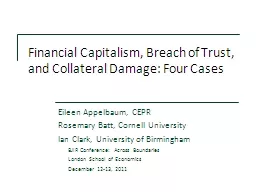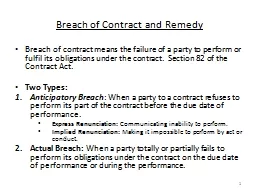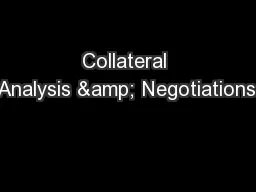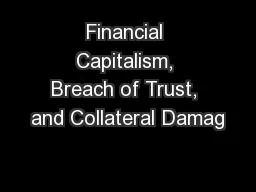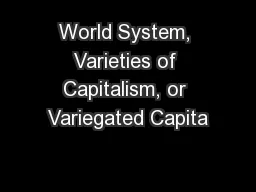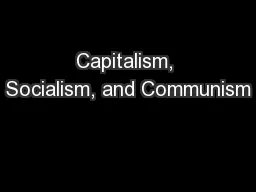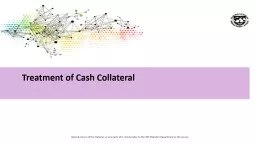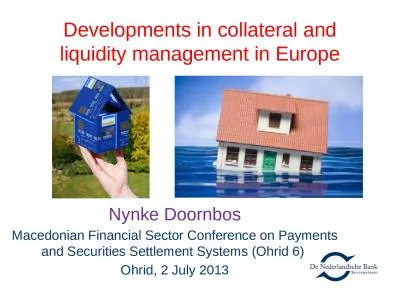PPT-Financial Capitalism, Breach of Trust, and Collateral Damag
Author : tawny-fly | Published Date : 2017-01-11
Eileen Appelbaum CEPR Rosemary Batt Cornell University Ian Clark University of Birmingham BJIR Conference Across Boundaries London School of Economics December
Presentation Embed Code
Download Presentation
Download Presentation The PPT/PDF document "Financial Capitalism, Breach of Trust, a..." is the property of its rightful owner. Permission is granted to download and print the materials on this website for personal, non-commercial use only, and to display it on your personal computer provided you do not modify the materials and that you retain all copyright notices contained in the materials. By downloading content from our website, you accept the terms of this agreement.
Financial Capitalism, Breach of Trust, and Collateral Damag: Transcript
Download Rules Of Document
"Financial Capitalism, Breach of Trust, and Collateral Damag"The content belongs to its owner. You may download and print it for personal use, without modification, and keep all copyright notices. By downloading, you agree to these terms.
Related Documents

